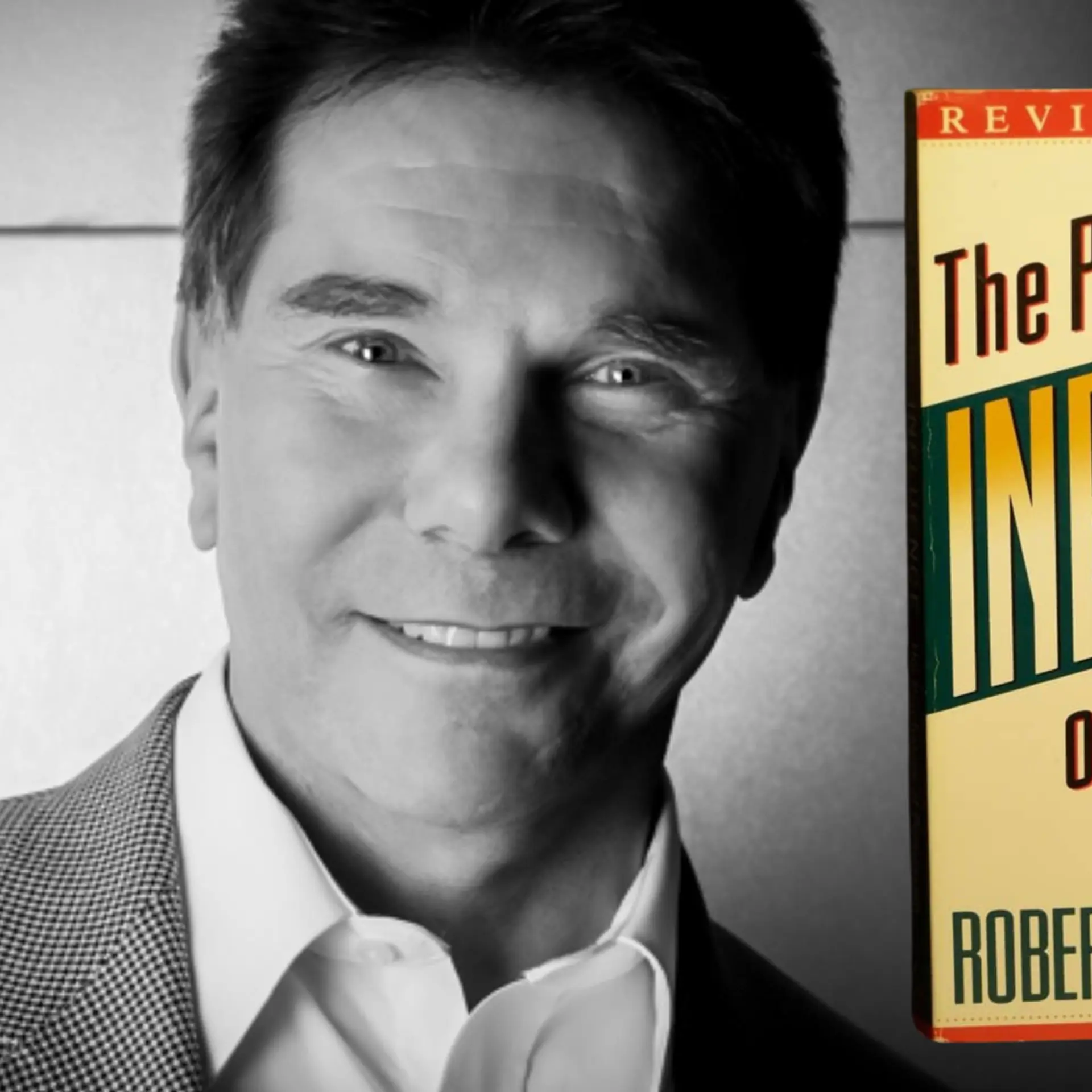The Agile Startup: Quick and Dirty Lessons Every Entrepreneur Should Know
The body of knowledge on startups using the agile and lean methodology now includes the new addition Agile Startup, by Jeff Scheinrock & Matt Richter-Sand.
Many challenges a startup can face have already been documented by a range of founders, authors and consultants, and this book captures 170 entrepreneurial insights clustered into six categories: pre-idea, idea, prototype, launch, customers/revenue, and scale. The book also has an online companion with additional resources.
Jeff Scheinrock is a lecturer at UCLA Anderson School of Management, and president and CFO of the venture investment firm Originate. Scheinrock has personally raised over $1 billion in venture capital, and served as the chief investment officer of a fund-of-funds, with trade credit from companies such as Intel, Microsoft, Panasonic, Tatung, Lite-On, and Seagate. Scheinrock. The book has the logos of Intel Capital and Originate on the cover.

Matt Richter-Sand has a background in IT in the corporate and defense sector, before branching off into startups and investments in Los Angeles. He founded the consulting company, Agile Startup.
“Entrepreneurs are able to walk the fine line between being focused yet agile, and visionary yet reactive,” the authors begin. “Knowledge alone isn’t power, it’s potential power. Knowledge combined with action is power,” they explain.
Starting up is a mix of art, science and business. It involves the steps of questioning, observing, hypothesising, experimenting and analysing – with lots of creativity and instinct thrown in between.
“You must become a scientist and look at your startup as a science experiment,” the authors advise. I have summarised the authors’ startup phases and tips in Table 1 below; each chapter explains them in more detail.
The book is packed (almost half of it) with illustrations but not all of them add value and the book could be much shorter; more industry examples for the principles would have been a good addition.
Table 1: Agile Startup Phases and Tips
The authors identify five kinds of risks faced by entrepreneurs: product (will the technology work), market (will people buy it), financing (can you get off the ground and thrive), competition (are there fast followers/incumbents), execution (can you pull the whole thing off).
“The most important thing you should do as an entrepreneur is to turn assumptions into facts as quickly as possible,” the authors advise.
A solid customer-acquisition strategy is one of the most important aspects of the go-to-market plan. The value proposition must be 10X better than that of the competition, and a moat strategy will be needed to build sustainable competitive advantage (eg. via patents, secrets, speed, brand, cost advantage, regulations).
Marketing is one of the hardest things to get right in business, making it a common startup killer, the authors caution; marketing is as important as product development for a startup. “Luck is not a plan,” the authors add.
“Marketing that leads with emotion and justifies with reason delivers sales,” they explain. Customers buy with emotion, but also justify it with reason.
Entrepreneurs should factor in a range of parameters such as customer acquisition costs, customer switching costs, customer lifecycle value, length and cost of sales cycles, serviceable available market, and serviceable obtainable market.
In the entrepreneurial journey, it is important to get alignment with the team’s basic human needs: certainty, variety, significance, connection, growth and contribution. Startups offer employees a unique mix of flexibility, challenge, variety and the feeling of accomplishment.
“Investors are an indispensable part of the startup landscape, especially when it comes to technology companies,” the authors observe. Seed investments are usually less than $2 million; VCs typically want to own 20-40% of a company in exchange for a $2-10 million investment.
The authors also cut through the media hype about startups by explaining that almost 98% of startup work is monotonous and painstaking; there are many near-death moments; there is a strong sense of isolation; and there can be severe family pressures.
The average age of an entrepreneur is 39, and rather than physical age the most important success factor is emotional age and resourcefulness. Having sounding boards with mentors and other entrepreneurs is a big help.
“It’s not a startup until you build something, and it’s not a business until you sell something,” the authors conclude. “Building a successful business from scratch is nothing short of amazing. Start living your entrepreneurial dream,” they add.
It would be fitting to end this review with some of the useful inspirational quotes in the book:
“Plans are useless, but planning is indispensable.” – Dwight Eisenhower
“When you assume, you make an ass out of u and me.” – Oscar Wilde
“Every business has two major functions: innovation and marketing.” – Peter Drucker
“If I have seen further than others, it is by standing on the shoulders of giants.” – Isaac Newton
“Simplicity is the ultimate sophistication.” – Leonardo da Vinci
“Skate to where the puck is going to be.” – Wayne Gretzky
“Fail fast, succeed sooner.” – David Kelly, CEO, Ideo







